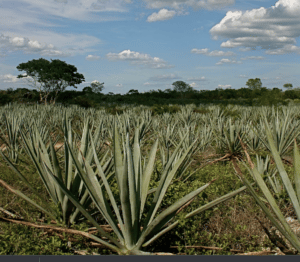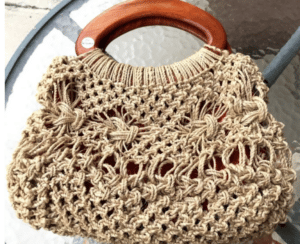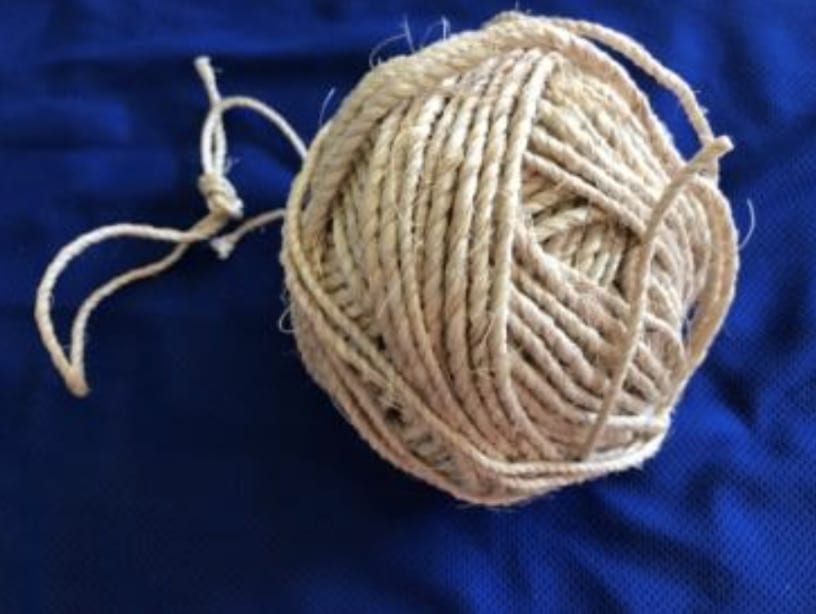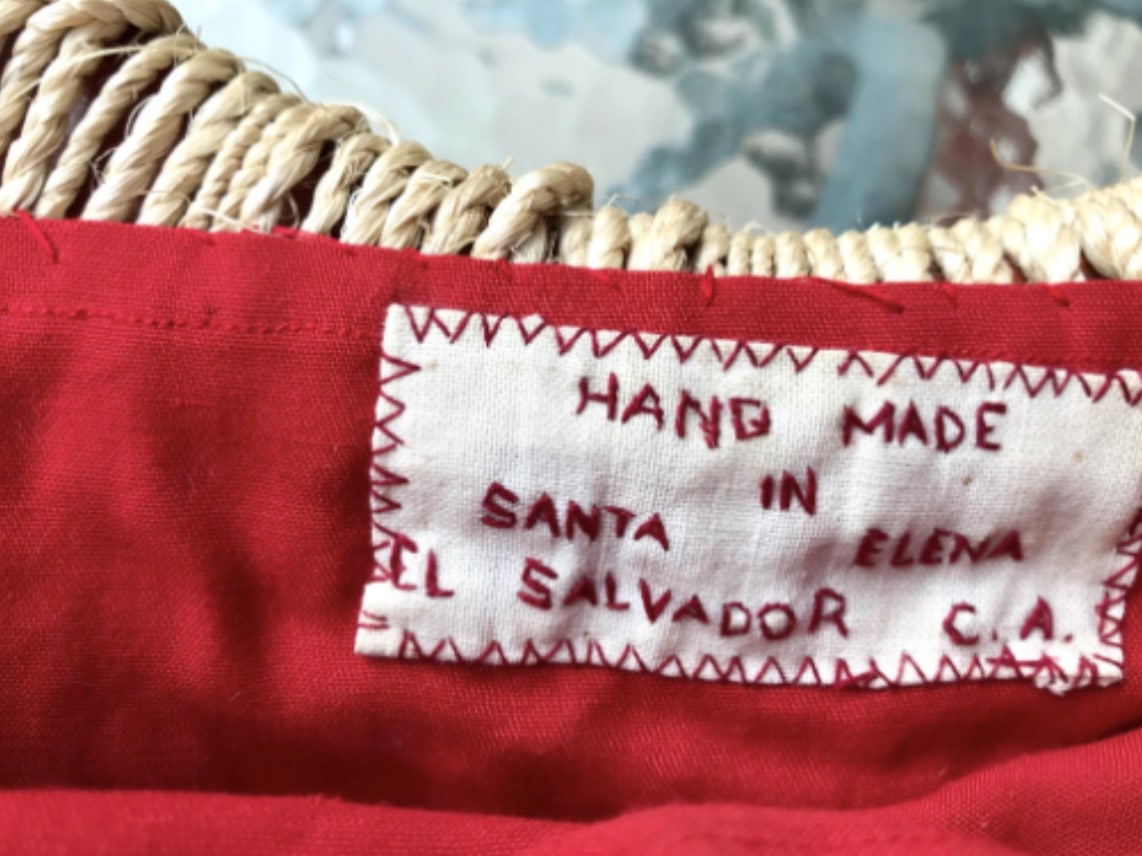In Nueva Esparta, El Salvador, I was a health educator and an advisor overseeing the construction of four adobe schools. To help raise local funds for building its school,the village of Los Talpetates held community celebrations that featured delicious varieties of rice, beans, music, and entertainment. One time I was the entertainment. I made a rope hammock out of henequen twine, which was used primarily for burlap sacks and ropes, or tying goods onto vehicles and horses. I thought I might be able to introduce a new use for henequen twine.

Hoping that I still remembered my Boy Scout experience, I recalled how I learned to make rope from twine. To refresh my memory, I fashioned a twisting device from wood and coat hanger wire, then hiked for 30 minutes to the school, carrying my twisting device and two balls of twine.
A crowd waited for this gringo to perform his miracle. A few curious community members helped me set up the rope spinner, and I made sure that all t four strands were twisting in the right direction. As I nervously turned the handle to twist the twine, eager assistants held each strand separately in place. In a matter of minutes, we produced a rope that was a one-half inch in diameter and ten feet long. Success!!
Weavers in El Salvador previously learned to use henequen to make colorful dyed hammocks. Whenever I traveled to the countryside by horse to work on a school project, I slept in a hammock. These were usually deftly handmade by prison inmates. My favorite hammock was made from soft red, white and blue cotton yarn, far more comfortable than scratchy henequen. It was a hamaca matrimonial, double the width of the usual hammock, it. I would hang the strong looped ends to the structural members of my roof or porch, so visitors could sit, sleep, read, relax, or store belongings.

While living in El Salvador, another volunteer invented a different use for henequen. She taught women to make macramé purses with sturdy wooden handles. As a sustainable source of income, purse-making continued for many years. Women sold the purses locally, in craft fairs in the capital San Salvador, and internationally, sponsored by a non-profit organization. I purchased one for my mother with red lining and a label “Hand Made in Santa Elena, El Salvador C.A.” My mother proudly used her purse to hold photos and letters that I sent to her from El Salvador. I returned to the U.S. with about 20 balls of henequen twine, using it for displays, gifts, wrapping packages, and playing with our cats.
My wife and I slept in our cotton Salvadoran hammock for many years after I returned to the U.S.. We hung it between trees while camping, and our children used the hammock for napping, reading, and stargazing. The hammock became an important reminder of my Peace Corps days in El Salvador.
Why are the hammock and henequen products so important to me? They intertwine with memories of one of the most important times of my life. When cultures come together, whether by accident or on purpose, an intertwining happens that opens doors and strengthens both cultures. Future expectations grow, fears lessen, trust increases, happiness blooms.
My simple bit of poetry sums up the experience and many other Peace Corps volunteers—
Idealistic? Who, me?
I’ve just come
To see what I can see.
And perhaps to learn of courage,
And see what might be done
To raise my neighbor’s station,
And have a little fun.






